The diamond is an enduring symbol for elegance, luxury, refinement, riches, and grace. We use diamonds to represent everlasting love, wealth, fame, fortune, and the sparkling moments in our lives. The monetary value of a diamond can reach exorbitant amounts, but the symbolic value is infinite.
It’s no surprise that the diamond shows up again and again in books, songs, and films. Have you ever heard an actor ask, about his/her character, “What’s my motivation?” It seems a very powerful answer to that question is, “diamonds.” The diamond teaches us about what we want, and often times, what lengths we’ll go to get it. Take a look at how diamonds have been a motivation for art (including characters, stories, themes, and tones) across different mediums, in the 20th century.
The Diamond as Big as the Ritz – 1922
F. Scott Fitzgerald’s novella, The Diamond as Big as the Ritz, was published in The Smart Set magazine in 1922 and later republished in Fitzgerald’s short story collection Tales of the Jazz Age. The novella portrays the extremes to which humans will go for diamonds.
The narrative tells of the teenage John T. Unger, who attends a private boarding school in Boston. Over his summer vacations, Unger enjoys visiting his well-off friends’ wealthy estates, across the country. In Unger’s sophomore year, a new student, Percy Washington, moves into Unger’s dorm and invites Unger to his home “in the West.”
Over the course of the long train ride, Percy makes claims of his father being “by far the richest man in the world” and owning “a diamond bigger than the Ritz-Carlton Hotel.”
Upon arriving at Percy’s remote Montana estate, Unger realizes Percy’s claims are true. Through back-story, we discover Percy’s grandfather, Fitz-Norman Culpepper Washington, a descendent of George Washington, originally moved to Montana to launch a sheep and cattle ranching business. His plan instantly became obsolete, upon the discovery of a solid diamond mountain – bigger than the Ritz-Carlton hotel.
In order to keep the law of supply in their family’s favor, the Washington family developed an unnatural obsession with keeping the diamond a secret. Percy’s grandfather told his slaves the South had won the American Civil War, in order to keep their slaves at home, and their diamond secret intact. The family also instituted a policy in which any and all visitors to the Washington estate were ordered to death.
Returning to the present, Unger’s imminent murder is postponed by the property’s unexpected inspection. With the help of Percy’s sister (who Unger has fallen in love with), Unger escapes the premises. Percy and his parents decide to explode the mountain, rather than let anyone else have it. They are left penniless.
The Diamond as Big as the Ritz was adapted into a radio play by Orson Welles in 1945, and a Mickey Mouse Adventure (Mickey Mouse no. 47) in 1956, which was re-titled The Mystery of Diamond Mountain.
Diamonds Are a Girl’s Best Friend – 1949
The song “Diamonds Are a Girl’s Best Friend” celebrates diamonds and the female fascination with them. The song was first performed in 1949, by Carol Channing for the original Broadway production of Gentlemen Prefer Blondes. The musical was written by Jule Styne, of Funny Girl and Gypsy, and based on Anita Loos’ novel of the same name.
The musical number gained international recognition after Marilyn Monroe’s shining recreation for the 1953 film Gentlemen Prefer Blondes, in which Monroe wears a satin pink gown and dances alongside an elegant circle of diamond-bearing men. The song reflects the musical’s moral questioning of women who marry for money.
The American Film Institute recognized Diamonds Are a Girl’s Best Friend as the 12th most important movie song of all time. The number inspired similar performances by a range of female artists including Madonna, Kylie Minogue, Geri Halliwell, and Anna Nicole Smith. Nicole Kidman performed the song can-can-style in Baz Luhrmann’s 2001 Moulin Rouge! Most recently, in celebration of their 100th episode, the hit television series, Gossip Girl, opened with a dream sequence in which Blake Lively, in a candy pink dress, performs the infamous number while encircled by her tuxedo-clad co-stars.
Lucy in the Sky with Diamonds – 1967
Diamonds take on a sort-of mystical meaning in The Beatles’ song, “Lucy in the Sky with Diamonds,” which was recorded for the band’s best-selling, 1967, album Sgt. Pepper’s Lonely Hearts Club Band. Although, the title was simply inspired by John Lennon’s son’s nursery school drawing, entitled “Lucy – in the sky with diamonds,” the title evokes an undeniably psychedelic sensation, by way of its odd imagery.
Speculation has suggested that the first letter, of the title’s nouns (Lucy – Sky – Diamonds), intentionally spell LSD. Lennon denied the rumors, but Paul McCartney later confirmed them, in a 2004 interview, noting “Got to Get You into My Life,” and “Day Tripper,” as having similar drug-related themes.
Diamonds Are Forever – 1971
Diamonds Are Forever marked Sean Connery’s sixth and final performance as the beloved British agent, James Bond. Based on Ian Felming’s 1956 novel of the same name, the film illustrates both the international value of diamonds, as well as the gem’s industrial strength.
The film begins with the British government enlisting James Bond to unravel the mystery of missing diamonds on the international market, as the government suspects foul play, beyond ordinary smuggling. 007 partners with blonde-bombshell and professional smuggler, Tiffany Case. Together, they track the missing diamonds to Las Vegas-billionaire and casino owner, Willard Whyte. Upon arriving in Las Vegas, they discover Whyte’s casino is actually owned by Bond’s arch-nemesis Ernst Blofeld, who is collecting diamonds to build an enormous diamond-based satellite laser, which also has nuclear capabilities. Blofeld seeks to hold the world’s governments at ransom with the weapon. After a series of face-offs with secondary enemies, Wint and Kidd and Bambi and Thumper, Bond crashes Blofeld’s mini-sub, destroying the diamond satellite laser.
Just as it inspires us to work harder, love longer, and dream bigger, the diamond inspires our art and our artists in infinite ways. The shining jewel has value far beyond its monetary worth – as a muse for developing media.
Post Revisions:
There are no revisions for this post.
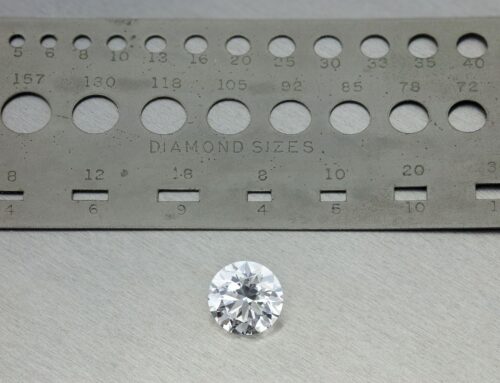
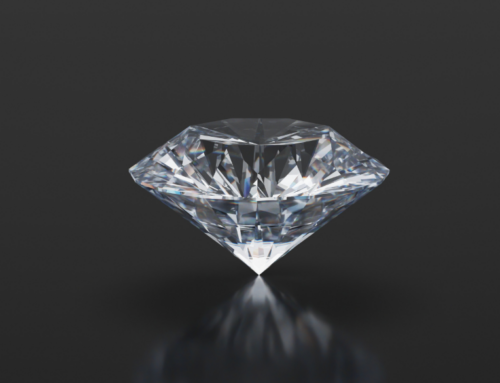
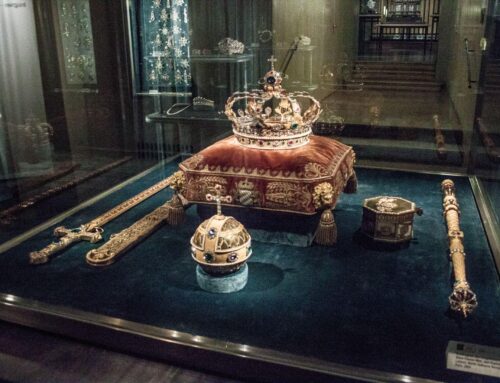
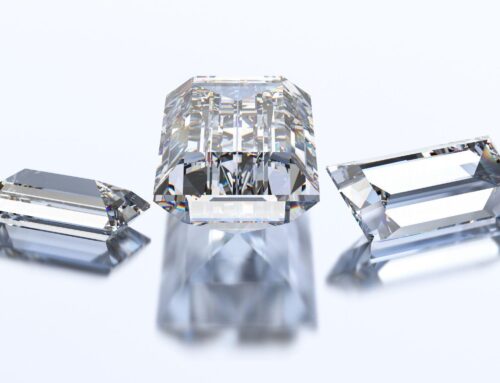
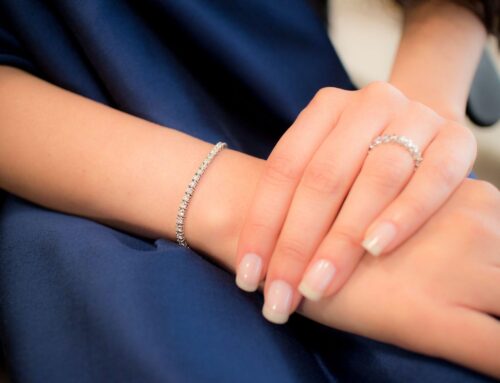
Leave A Comment